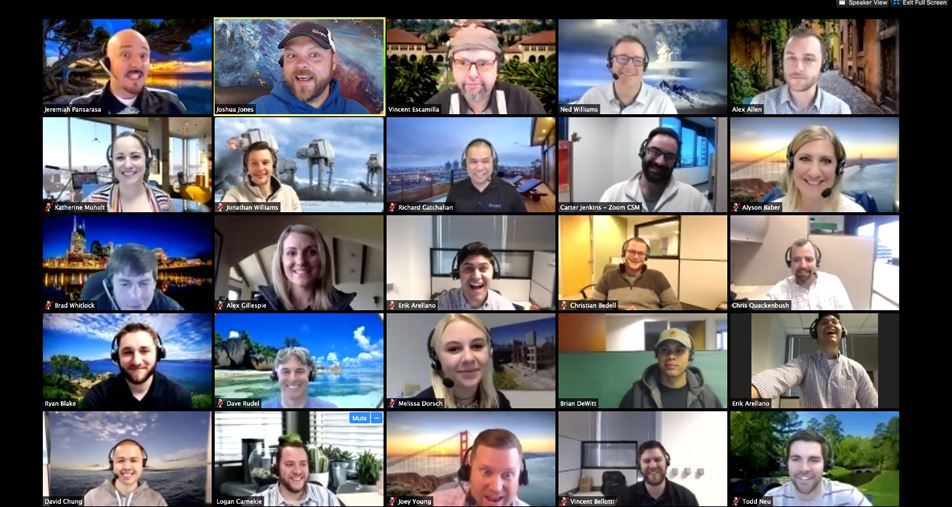Activate the Top Leadership Skill for 2020
The whole world should be humming the same tune for the remainder of 2020.
It would sound something like this “Listen…just a little bit longer” to the tune of “Stay Just a Little Bit Longer” by Jackson Browne.
For the remainder of 2020, the path to best serve your people and your clients will be to listen, and listen just a little bit longer than you normally would.
As the current health emergency continues, the most underutilized leadership skill of all time will become the top focus to support your people and your clients.
Leadership and communication training regularly include information and application related to active listening skills. The idea that anyone could be an effective manager, coach, teammate, or business partner without listening is ridiculous, and it makes the decision simple when determining if active listening skills are an important part of employee development for any role and for any stage in a career.
Listening is something you should prioritize in any circumstance, and when things get tough and circumstances are changing rapidly, listening becomes even more important. You have to decide what to listen to and for how long. The one thing that is certain, you have to listen well.
If you do not know what is going on, you cannot make good decisions. And if you do not have an idea of what people are asking for, you cannot devise pathways to get them what they say they need. You have to balance listening and action, so the things you do listen to, you need to listen closely and maybe just a bit longer than you might in non-emergency situations.
You also need your leaders to listen for you. You need every member of the team to be focused on listening. Each person must listen to clients, partners, the market, the news, and listen to each other to synthesize relevant information to solve problems and deliver solutions.
You also need to listen to demonstrate that you care. There is no opportunity to meet an untapped need or to help someone in a truly difficult circumstance if you do not hear the urgency and the specifics of the need.
With so many relevant audiences to listen to and with so many people in need of increased effective listening skills, what can you do to support the best application of this priority skill?
Activate these five strategies now to increase listening effectiveness and better position yourself and your team for success.
1. Empower your learning and development organization to identify, promote, and distribute job aids and eLearning courses on active listening. Make sure learning and development leaders connect the listening training and resources to the intended outcomes: teamwork, client support, leadership development, problem solving, and coaching. Do not just say, “Become a better listener.” Tell them why.
2. Create a reward and recognition program for effective listening. Reward and recognize individuals that drive team, client, and organizational outcomes through effective listening. Ask managers and employees to look for examples of great listening in one-on-ones, team meetings, client meetings, and impromptu opportunities to listen when an internal or external business partner needs support. You are looking for your team to find examples where they believe there is correlation between great listening and a positive outcome. You may not be able to prove causation. The heightened focus on active listening will create an environment and a culture that focuses on the value of listening.
3. Schedule listening sessions. Create space inside your team and organization to give people the opportunity to share wins, suggestions, and challenges.
4. Leverage surveys and crowd sourced input from your teams and organization. Be as transparent as possible with the results, and take action on the top, aligned opportunities to support the input provided. Ask your team, “How could we get better at listening?”
5. Demonstrate your own listening skills. Be present. Talk less. Listen just a little bit longer than you normally would. Be an example in client meetings, team meetings, in one-on-one meetings, on phone calls, and by reserving time in large organizational meetings for input from the team.
Listen…just a little bit longer. Can you hear the music?
Share This Article
Complete the form below for more information.








